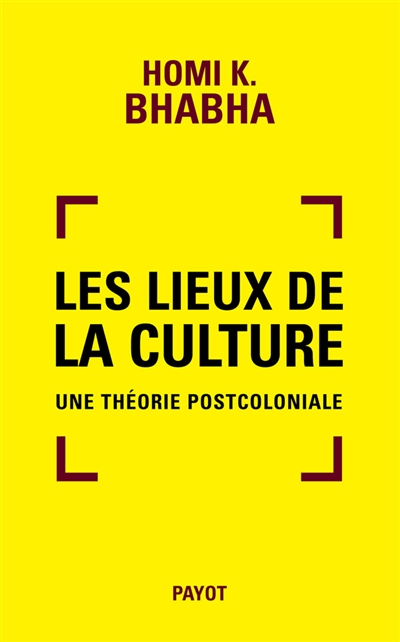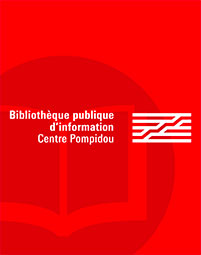par Bhabha, Homi K. (1949-....)
Flammarion ; Centre national des arts plastiques
2011 -
-
Disponible - 70"19" KAPO 2
Niveau 3 - Arts
Résumé : Présentation de l'oeuvre du sculpteur anglais Anish Kapoor, dont les sculptures sont parfois proches de l'architecture. Monochromes et de taille modeste dans les années 1980, ses réalisations sont devenues de plus en plus gigantesques au fil des années.

 Les bibliothèques de la ville de Paris
Les bibliothèques de la ville de Paris
 Les bibliothèques universitaires
Les bibliothèques universitaires
 La BnF
La BnF
 L'encyclopédie Wikipédia
L'encyclopédie Wikipédia
 L'Encyclopædia Universalis
L'Encyclopædia Universalis
 La bibliothèque du film
La bibliothèque du film
 La médiathèque de la Philharmonie de Paris
La médiathèque de la Philharmonie de Paris





![Anish Kapoor : painting : [exposition, Modern Art Oxford, 2nd Oct 2021 - 13th Feb 2022]](/imported_images/livre/couverture/978-3-7533-0125-9.jpg)
![Midnight to the boom : painting in India after independence : from the Peabody Essex Museum's Herwitz Collection : [exhibition, Salem, Peabody Essex Museum, February 2, April 21, 2013]](/imported_images/livre/couverture/9780500238936.jpg)




